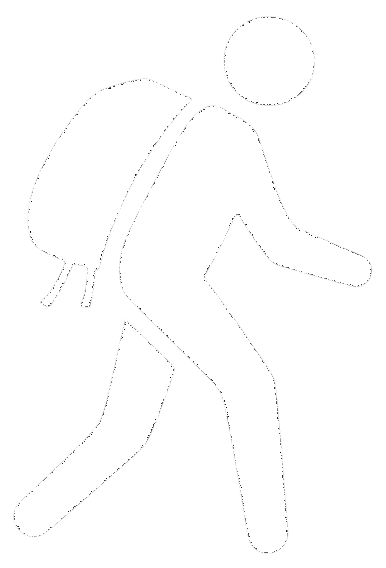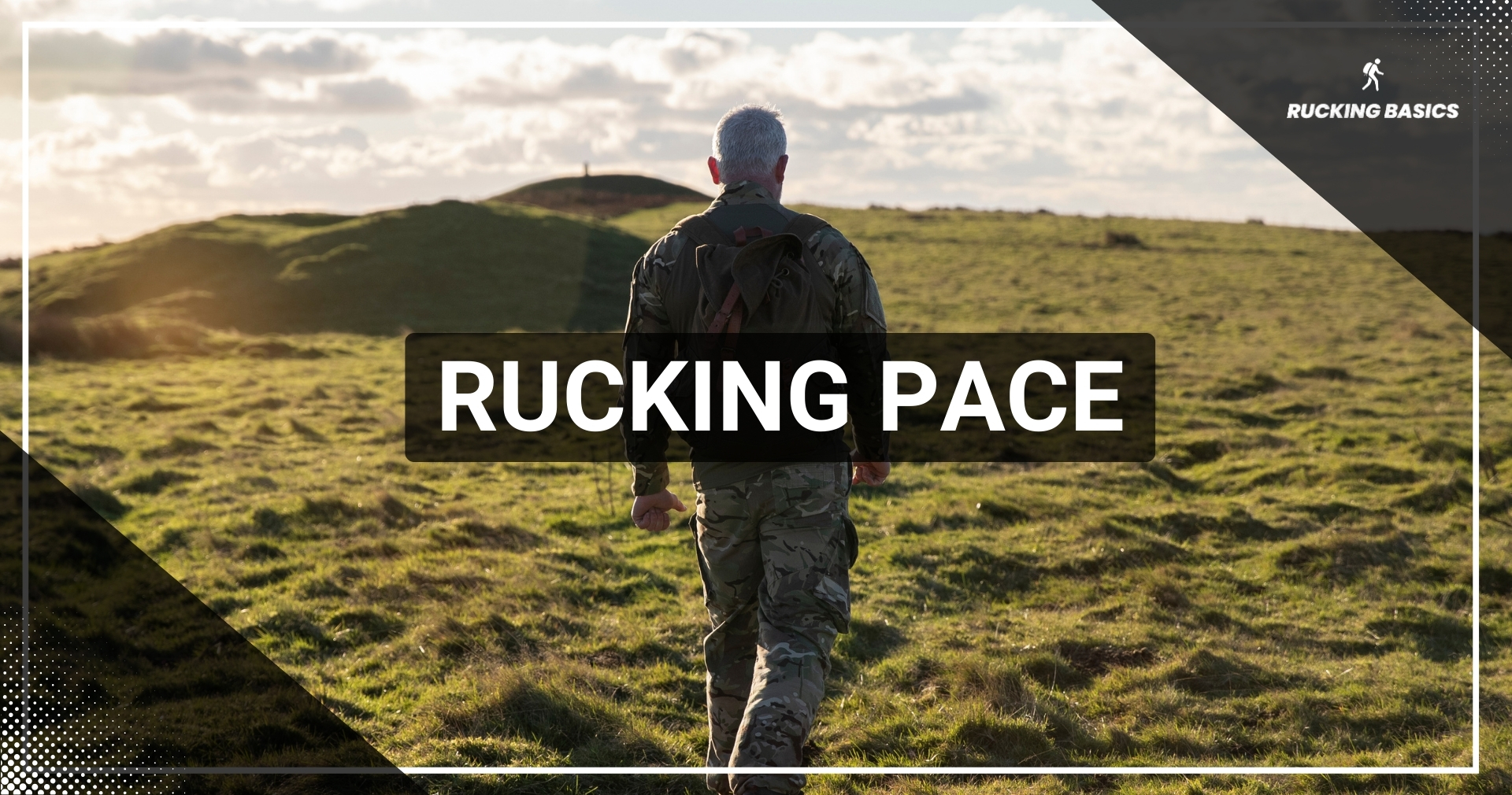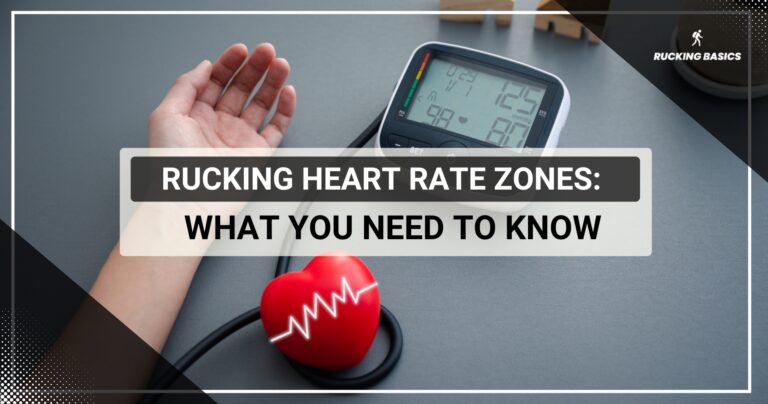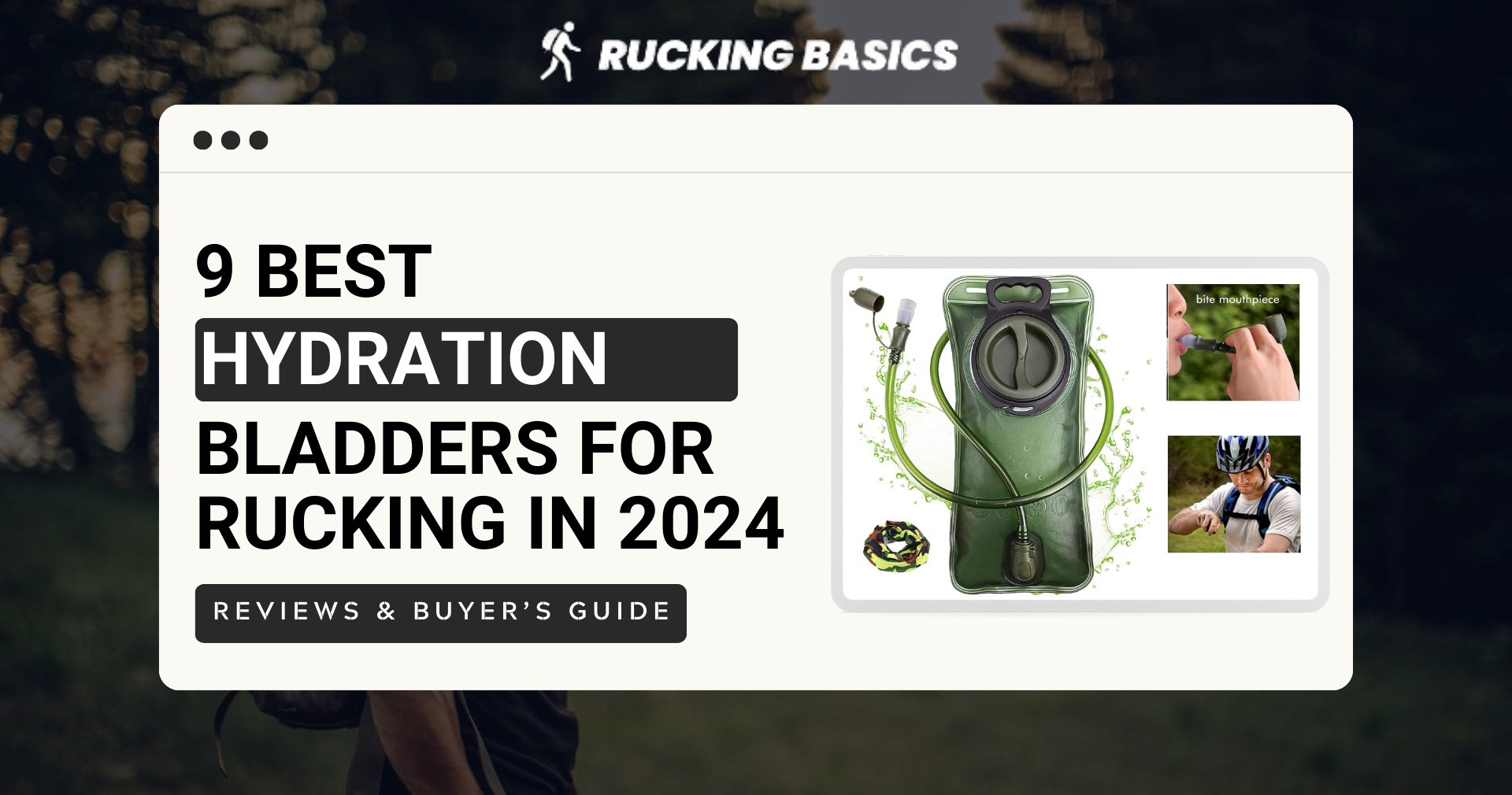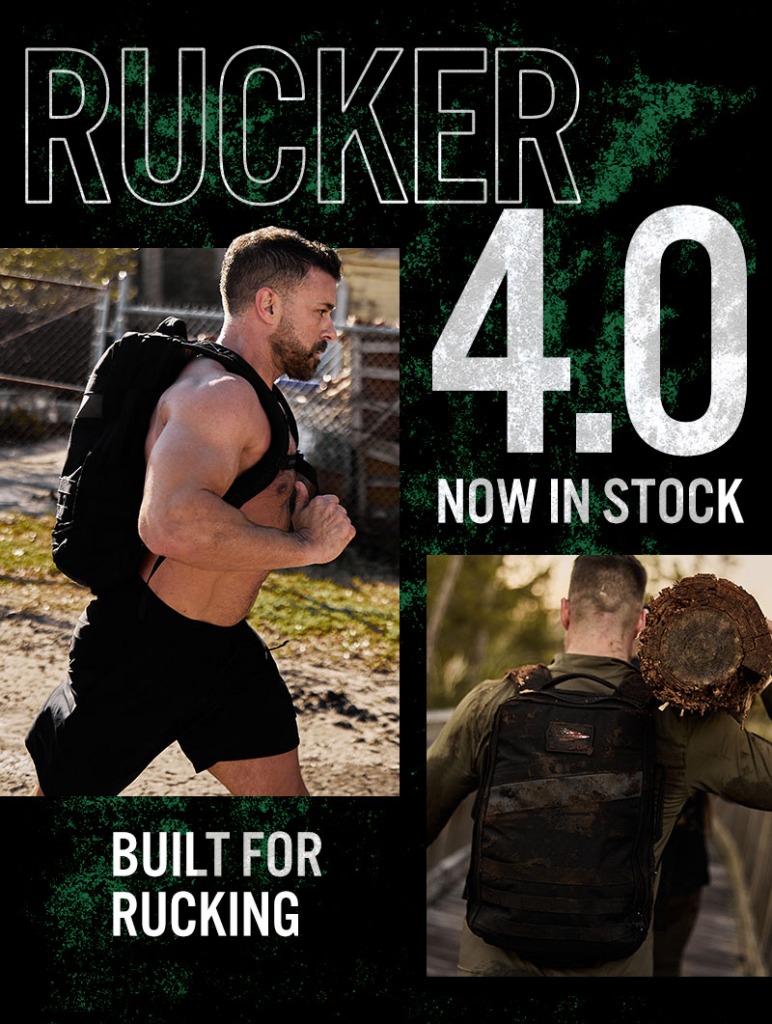If there’s one thing I’ve learned after years of rucking, it’s that setting the right pace can make all the difference. You can choose the perfect weight and have your route all planned out, but if your rucking pace is off, you will either burn out too fast or not push yourself hard enough to see improvement.
When I first started rucking, I was so focused on covering distance as fast as possible that I ended up exhausted and sore, not realizing that finding the right rhythm was more important than speed.
Whether you’re training for endurance, fat loss, or strength, your pace will change, and learning how to manage it effectively is key to getting the most out of each session.
I’ve made all the mistakes—going too fast, carrying too much weight, even not adjusting for the terrain—and I’ve learned a lot along the way. Now, I want to share what works so you don’t have to go through the same trial and error.
Understanding Rucking Pace
Basically, rucking pace is the speed at which you walk while carrying a weighted vest with a weight plate or backpack.
If you’re new to the concept or looking for expert tips, dive into these books on rucking to learn how pacing strategies can enhance your workouts and maximize results.
But pace is not just raw speed—it’s also the level of effort you’re putting in. When you’re rucking, the extra weight on your back changes the dynamics of movement, making it more challenging than regular walking or even jogging.
Your rucking pace is influenced by several factors, mainly the weight of your pack, the type of terrain, weather conditions, and, of course, your overall fitness level.
If you’re curious about gear and pacing adjustments, you might want to check out this GORUCK Mackall review to see how certain gear, like the Mackall, might affect your efficiency and speed. The right equipment can definitely make a difference in finding your rhythm.
Moving on, when you’re just starting out with a light pack, your pace will be faster. But your speed will naturally slow down as you increase the load or go to more difficult terrain. This does not mean that you are regressing; it is only that the muscles used during rucking and the whole body need to adapt to new demands.
Aligning Pace with Goals
Setting clear rucking goals is an inevitable step toward determining the right pace.
Think about what’s motivating you to ruck. Are you aiming to build endurance for longer hikes or military-style ruck marching? Maybe you’re looking to shed a few pounds or just switch up your fitness routine with something more engaging. Each goal will influence how fast or slow you move during your rucks.
For example:
- Weight Loss: If fat loss is your primary goal, you’ll want to focus on maintaining a moderate, steady pace that gets your heart rate into the fat-burning zone. Learning about rucking heart rate zones can guide you in staying at the right intensity to maximize fat burn without overdoing it.
- Strength Training: If you focus more on building strength, you’ll want to carry a heavier load while moving at a slower pace.
- Endurance: Long rucks at a consistent pace will serve you best for increasing stamina and overall endurance.
Remember, your rucking pace is not set in stone. It should reflect what you’re aiming to get out of the workout. And it’s perfectly normal for it to evolve over time as you get stronger or change goals. So, always keep adapting.
Calculating Your Ideal Rucking Pace
Test this with a simple, timed ruck. Put on a pack with a moderate weight (10-20% of your body weight) and see how fast you can cover one mile at a comfortable pace. One mile pace will give you a good idea of your starting point.
One of the easiest ways to check if you’re at the right pace is the “talk test.” You’re probably in the correct zone for moderate-intensity rucking if you can hold a conversation but still feel slightly out of breath. But if you can sing or talk easily, you might want to pick up the pace a little.
Another effective method is monitoring your heart rate. Keep it between 60-80% of your maximum heart rate. You can use a smartwatch or heart rate monitor to do that.
Rucking Pace for Beginners
For beginners, it’s all about starting moderately. Begin with a comfortable pace, even if it’s slower than what you’re used to for regular walking.
Never compare yourself to others. When an experienced rucker overtakes you easily, it doesn’t mean you’re doing something wrong. It takes years to build that kind of aerobic conditioning, and trying to match them too soon could lead to injury and burnout.
My advice is to increase either your pace or your distance, but not both at the same time.
Adding weight to your ruck will naturally slow you down at first, and that’s okay. Focus on building a strong body before worrying about speeding up.
Advanced Rucking Pace
If you reached a high level following the training plan, you can consider:
- Interval Training: The concept here is to alternate between high-intensity bursts and slower recovery periods. Repeat this cycle throughout your ruck march.
- Pace Variations: You don’t have to maintain the same pace throughout your entire ruck. In fact, varying speed can improve endurance and make it more interesting. You might walk briskly for 20 minutes, then slow down for 10 minutes to recover.
- Speed Workouts: Shorter rucks with a focus on maintaining a faster-than-normal pace or even doing sprints with a light pack is a different approach, but it can have a great effect on your fitness level.
Adapting Your Pace to Different Conditions
A common but rather big mistake is not adjusting your pace to different conditions.
First, think about the terrain. On flat ground, you can go faster, but when the terrain gets steeper, slow down. On uneven surfaces, your priority should be safety, not rucking performance. If you sprain your ankle or suffer any other injury, you won’t be able to ruck for quite some time. So, slow your pace, shorten your stride, and pay attention to foot placement to avoid injuries. You’ll naturally move slower on these surfaces, and that’s perfectly fine. If you want to ruck faster, you can consider treadmill rucking.
For an added challenge, you might also try rucking at night, which adds a new layer of focus as you manage pace and terrain in low light. It’s a unique way to train, especially if you want to practice moving at a steady speed even in unfamiliar conditions.
The same applies to weather. In hot conditions, lower your pace and carry a hydration bladder. Heat exhaustion can creep up quickly, so be careful.
Cold weather can be equally dangerous. You might feel like you can move faster because you’re not sweating as much, but hypothermia is a real risk, and your cardiovascular system is under great stress. Also, be careful when it’s raining and slow down.
In Conclusion
It takes some time to get your pace just right. Don’t be discouraged if you push too hard or go too slow the first few times. Eventually, you will find a perfect cadence. Then, you’ll notice real improvements in your stamina, strength, and overall fitness.
And your pace will change as you become stronger and gain more experience. What works for you in the beginning may not be what you need later on, so you must always keep adapting.
My final tip about rucking pace is to keep experimenting with different speeds and track your progress. Don’t be afraid to slow down when you need to or push harder when you feel ready.
Frequently Asked Questions (FAQs)
How does the weight of my ruck affect my pacing?
The heavier your rucksack is, the slower your pace will likely be. A heavier weight increases the physical challenge, so finding a balance between speed and control is essential.
What’s the difference between hiking pace and rucking pace?
Due to the added weight of the backpack, the rucking pace is generally slower than the hiking pace. Rucking emphasizes endurance under load, thus affecting speed.
Is heart rate monitoring helpful in setting the perfect rucking speed?
Monitoring your heart rate helps ensure you work within the right intensity for your goals. Keeping your heart rate between 60-80% of your max assures an effective ruck without exposing your cardiovascular system to too much stress.
How do weather conditions affect the pace I should set for rucking?
Weather conditions like heat, cold, or rain can significantly affect your pace. In extreme conditions, it’s best to slow down and listen to your body to avoid overexertion or dehydration.
References
Murtagh EM, Mair JL, Aguiar E, Tudor-Locke C, Murphy MH. Outdoor Walking Speeds of Apparently Healthy Adults: A Systematic Review and Meta-analysis. Sports Med. 2021 Jan;51(1):125-141. doi: 10.1007/s40279-020-01351-3. PMID: 33030707; PMCID: PMC7806575.
Earl-Boehm JE, Poel DN, Zalewski K, Ebersole KT. The effects of military style ruck marching on lower extremity loading and muscular, physiological and perceived exertion in ROTC cadets. Ergonomics. 2020 May;63(5):629-638. doi: 10.1080/00140139.2020.1745900. Epub 2020 Apr 2. PMID: 32191155.
Tudor-Locke C, Han H, Aguiar EJ, Barreira TV, Schuna JM Jr, Kang M, Rowe DA. How fast is fast enough? Walking cadence (steps/min) as a practical estimate of intensity in adults: a narrative review. Br J Sports Med. 2018 Jun;52(12):776-788. doi: 10.1136/bjsports-2017-097628. PMID: 29858465; PMCID: PMC6029645.
